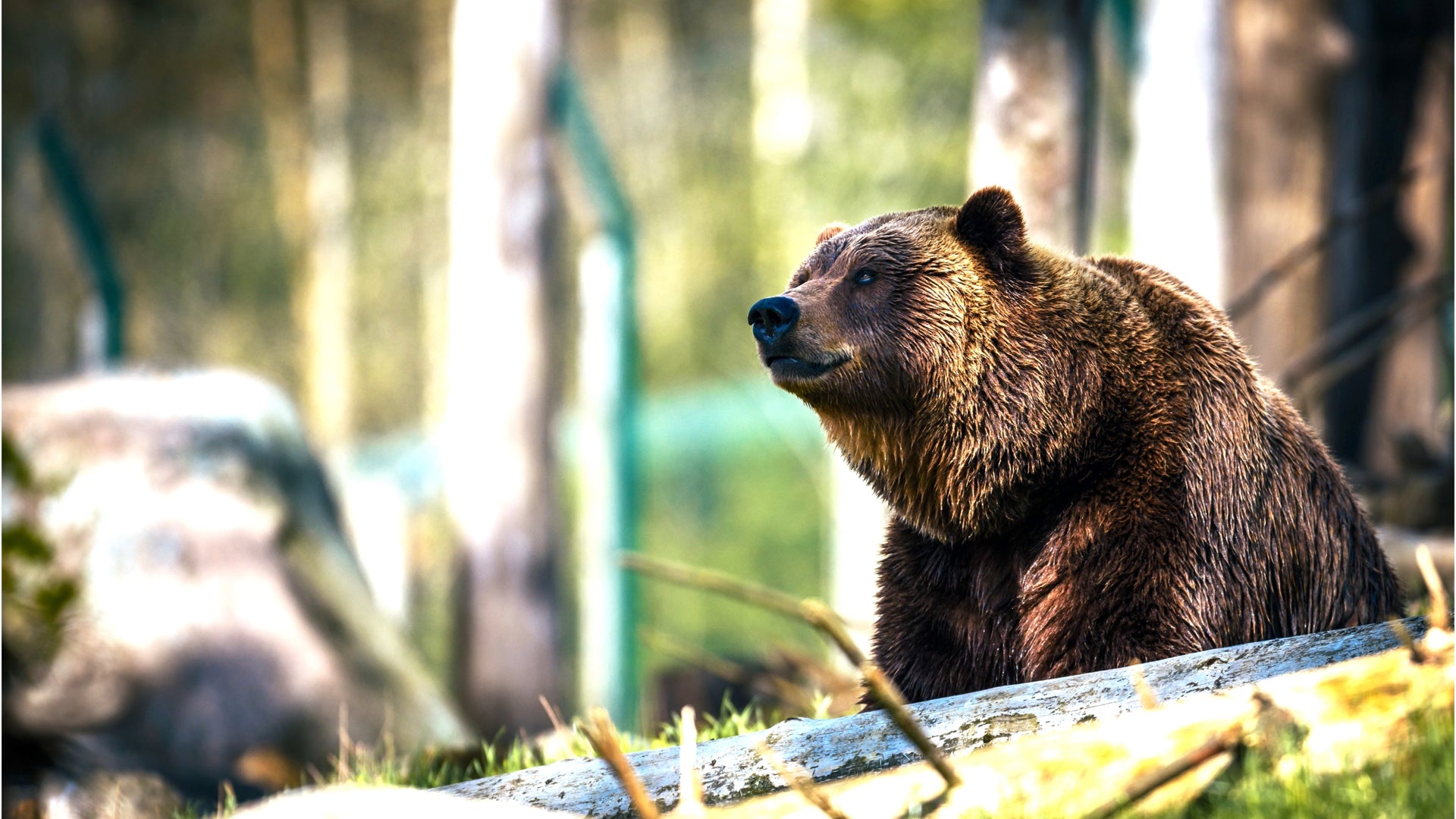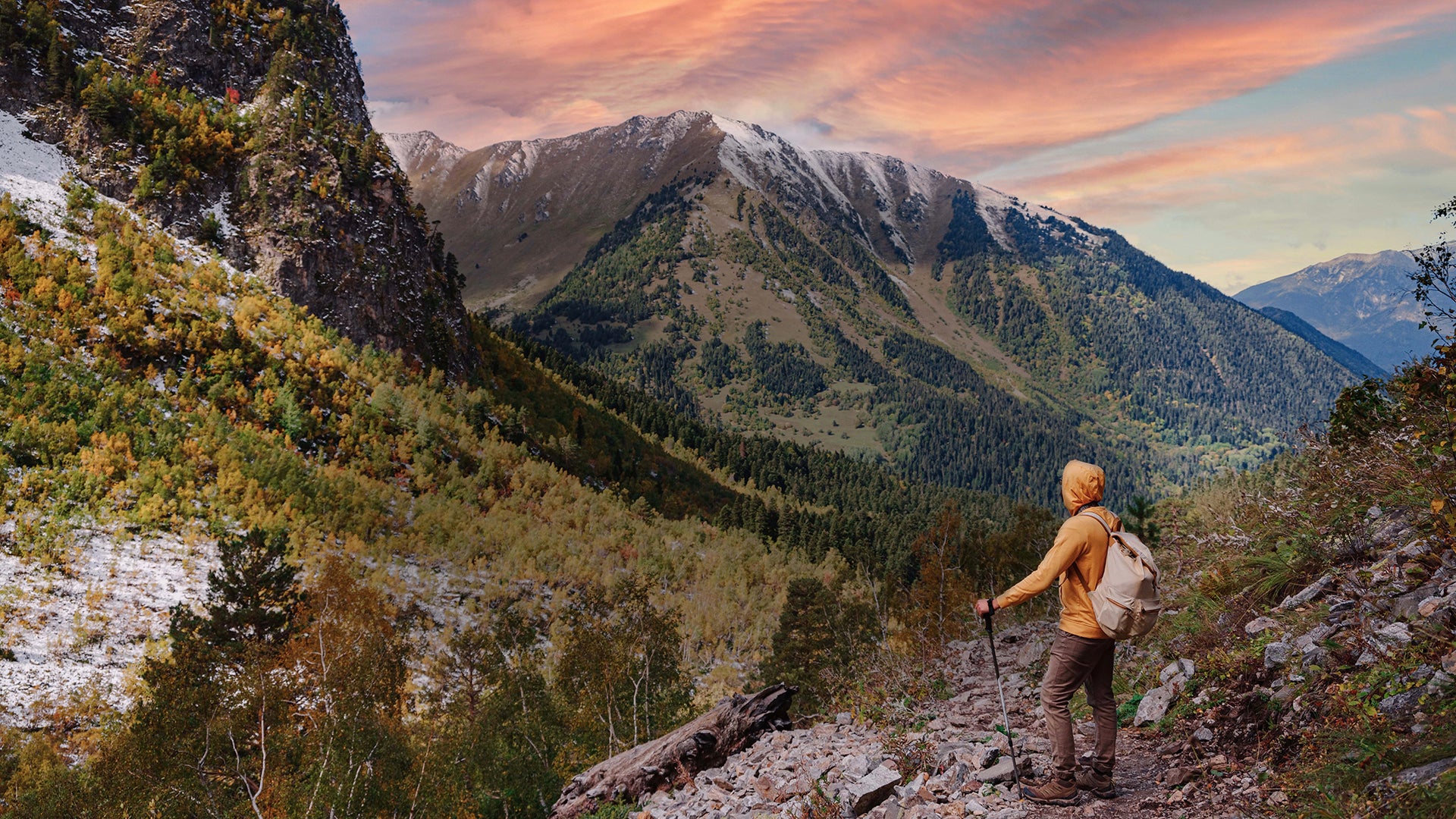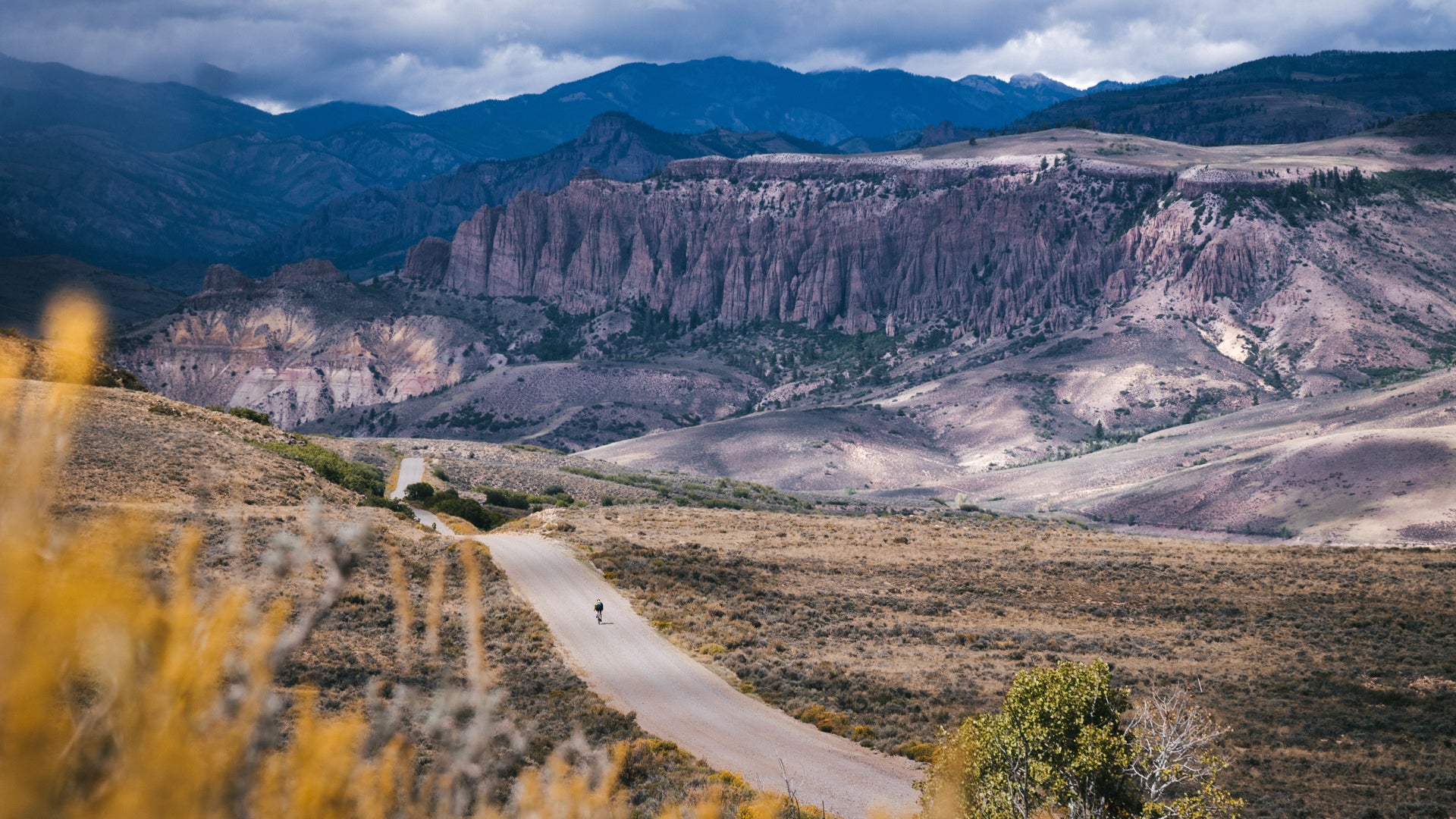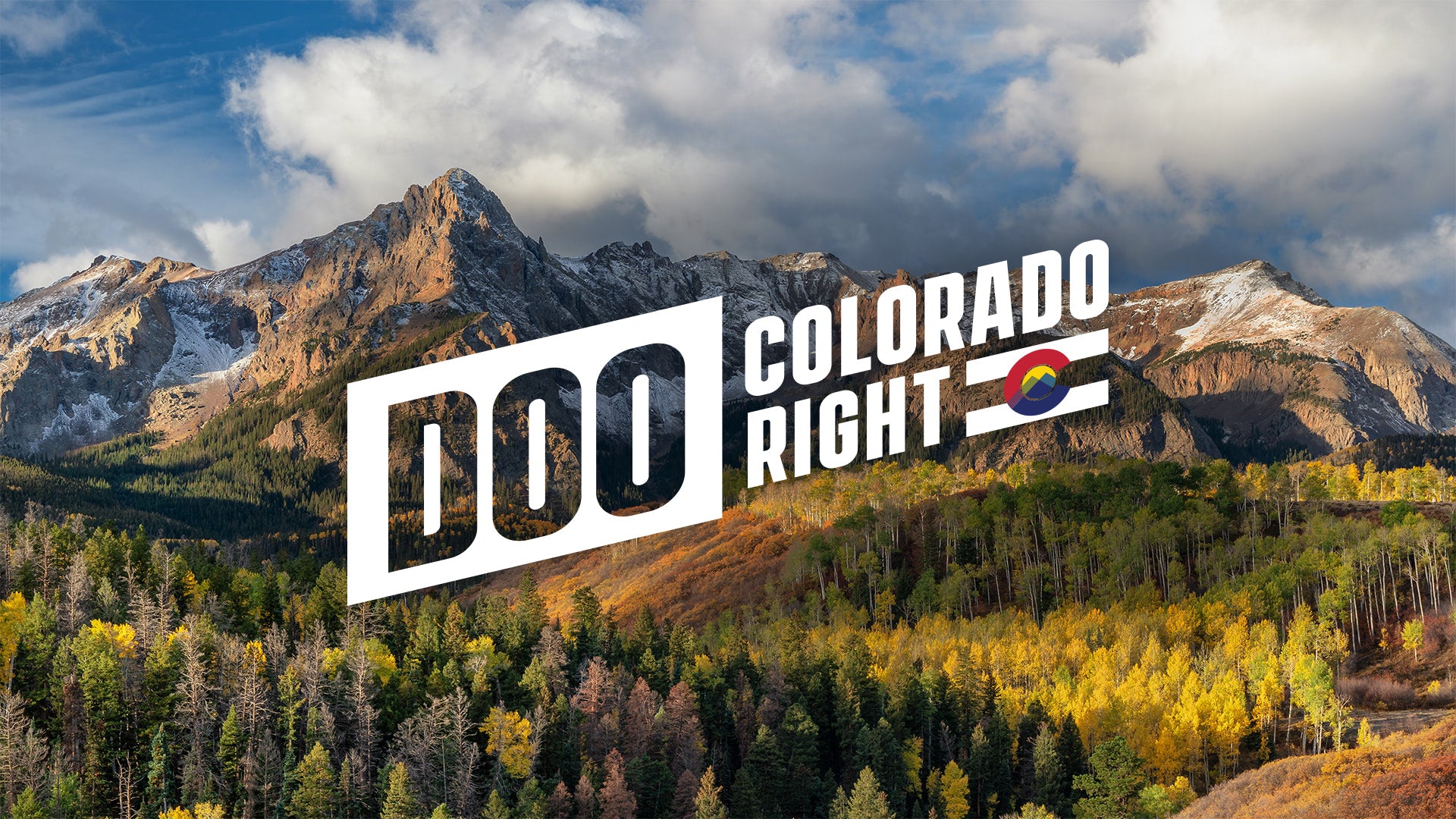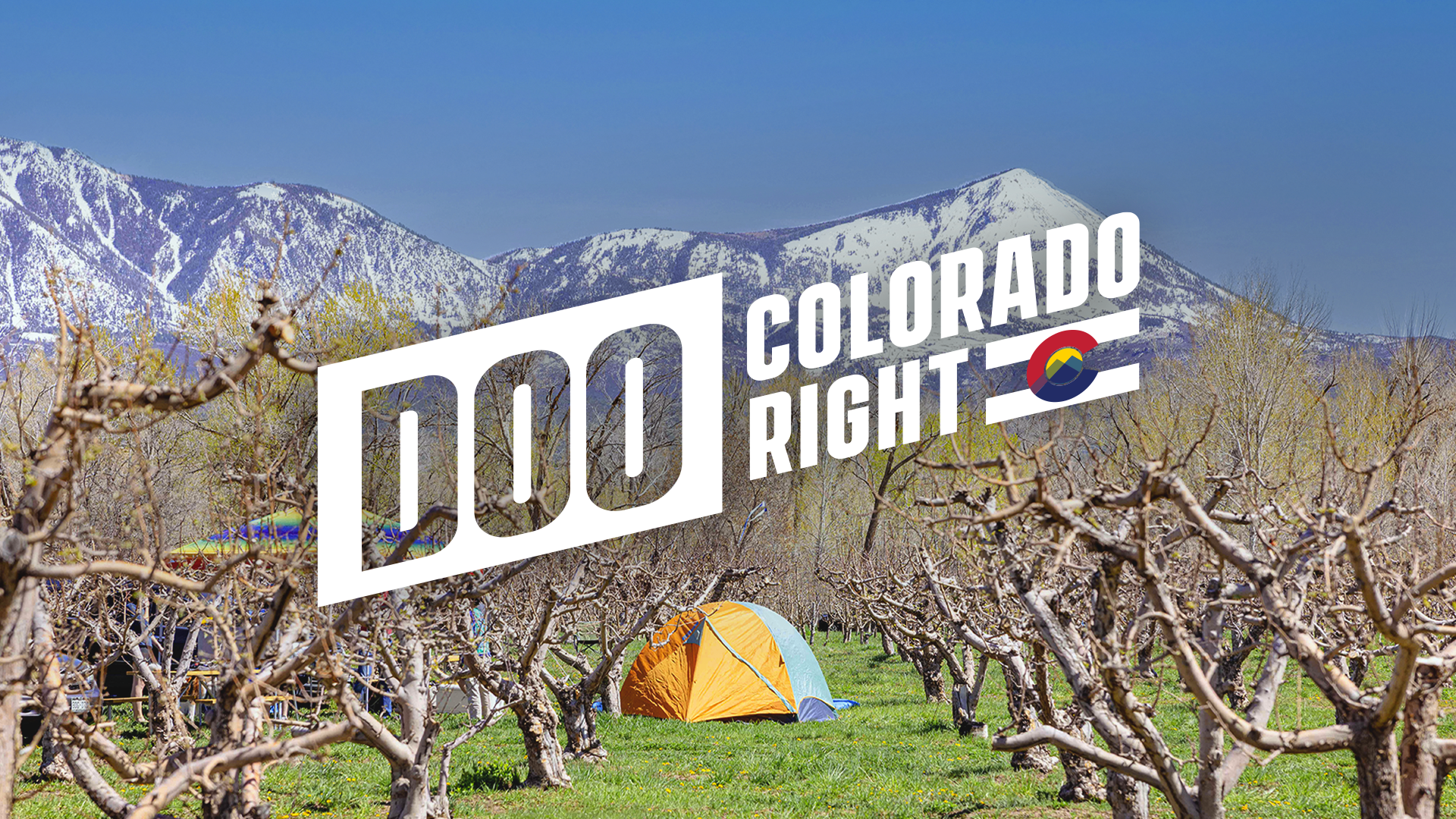We get this question a lot, and it’s a good one! Animals and humans have been pooping outdoors for millions of years. Why is human poop all of a sudden bad for the environment?
There’s three main reasons human and animal poop needs to be looked at differently.
Different Diets
Our diets include things like refined sugar, preservatives, alcohol, prescription medications, meat - all things that can lead to the growth of bad bacteria in our gut - bacteria that’s harmful to the environment and resistant to degradation.
Animals (although obviously known to carry disease) eat much more simplistic, often plant-based diets. This makes animal poop more benign and actually beneficial to the environment than ours. Horse, cow, goat, sheep and rabbit manure can be used as a means of fertilization. Because these animals are all plant-eaters, their manure is high in nutrients and organic matter, which can help stimulate the growth of crops and grass.
Earlier this year, Outside Magazine reported on the problem, saying, “When pathogens from buried [human] poop leach into the soil, they can then spread into waterways and even become naturalized into an ecosystem, reproducing and living on after the feces have decomposed. This is a problem particularly because modern-day human feces are likely to contain chemicals, hormones (from birth control), and antibiotic-resistant bacteria.”
Exposure To Pathogens
Second, humans are exposed to a much wider array of bacteria and viruses than any animal in the wild. We travel on planes, we go to restaurants, grocery stores, etc. Anybody with young children in school will know what we mean. The people, places and objects we come in contact with everyday mean the biodiversity in our guts (both good and bad) is many orders of magnitude greater than animals. Much of the harmful bacteria and viruses spread through our poop. Things like hepatitus, cholera, typhoid, E. coli, adenovirus, polio, candida, and more.
A study was done almost 40 years ago by researchers at the University of Montana where they buried poop containing salmonella and E. coli. Despite burying at various depths and in different kinds of soil they found that the pathogens persisted in the soil for more than a year.
Uneven Distribution of Recreation
Finally, the number of people who recreate (and poop) outdoors has grown rapidly over the last 30 years and that recreation is concentrated to specific areas, so our poop isn’t evenly distributed across the millions of acres of public land. Animals spend their time much more dispersed and generally in fewer numbers. Lots of human poop in smaller areas, means greater likelihood that the pathogens will spread.
Adding to this is the fact that trails, campsites and the most highly trafficked areas that people recreate in tend to be near waterways. This makes it more likely that bacteria can spread to the waterways and normalize into the environment.
This has been discovered across the United States from the highly popular Adirondacks in upstate New York, to the San Juan River which is a major supplier of water to states in the Southwest, and even throughout National Parks, like Zion.
What To Do
If you pack out your poop when you’re in the outdoors– Awesome! Keep doing it! If you bury your poop, regardless of whether you bury or pack out your TP, the bacteria and pathogens can spread and live on in the soil.
Make sure you’re in a location where burying waste is appropriate practice. You can learn more about that in our blog post, When Do I Bury vs. Pack Out My Poop?
Also, make sure you’re well prepared with a suitable bathroom kit. Consider adding PACT Tabs and Wipes to your kit. The mycelium in PACT Tabs and moistened wipe work together in the ground to speed up decomposition and kill harmful bacteria in your poop that can spread to wildlife, waterways, pets and even other humans. You can learn more about how the PACT System works here.
Photo by 🇸🇮 Janko Ferlič on Unsplash



